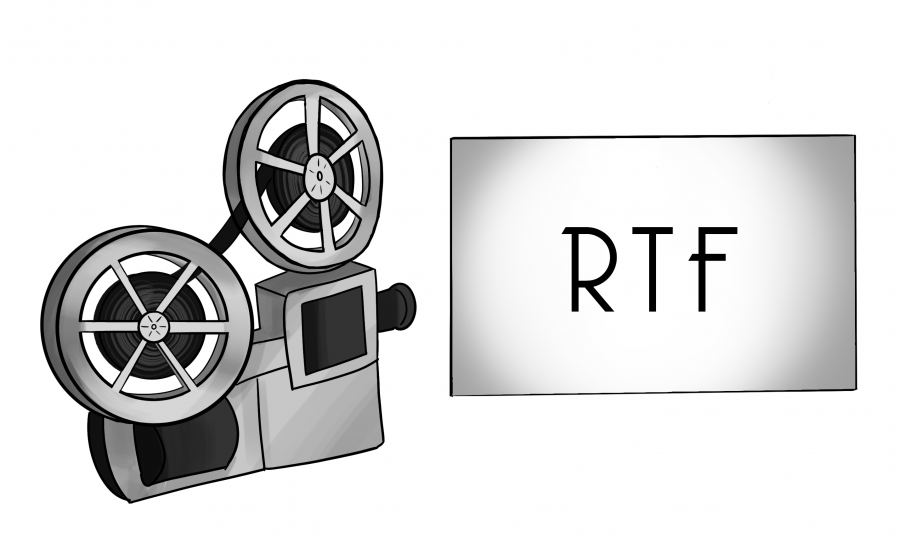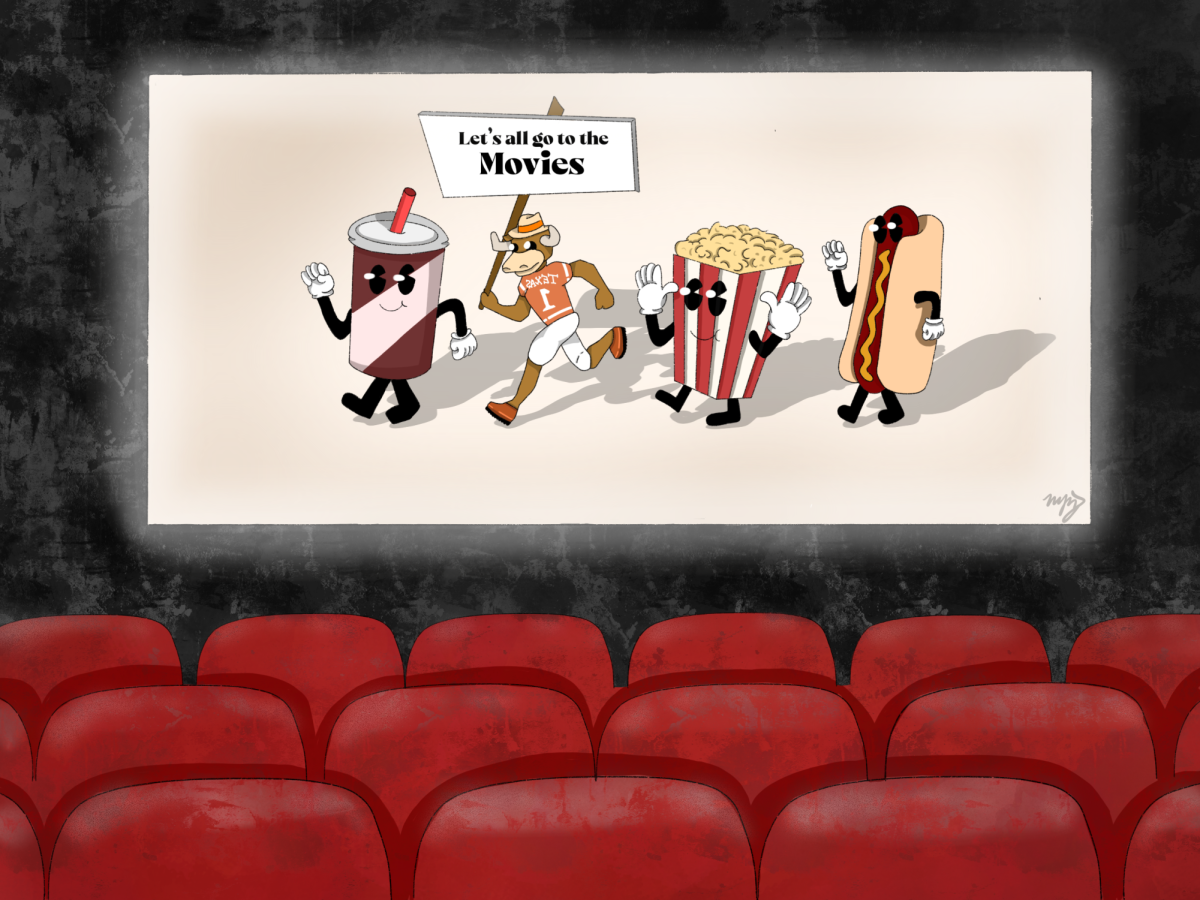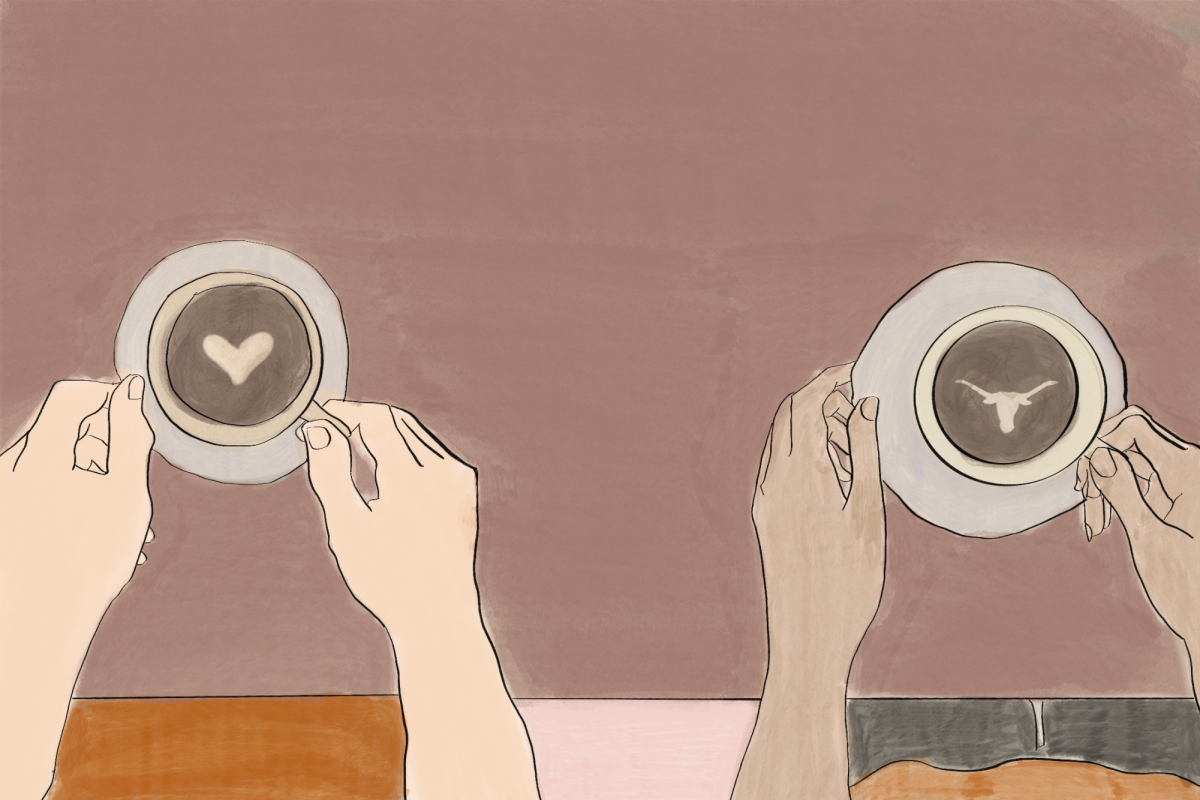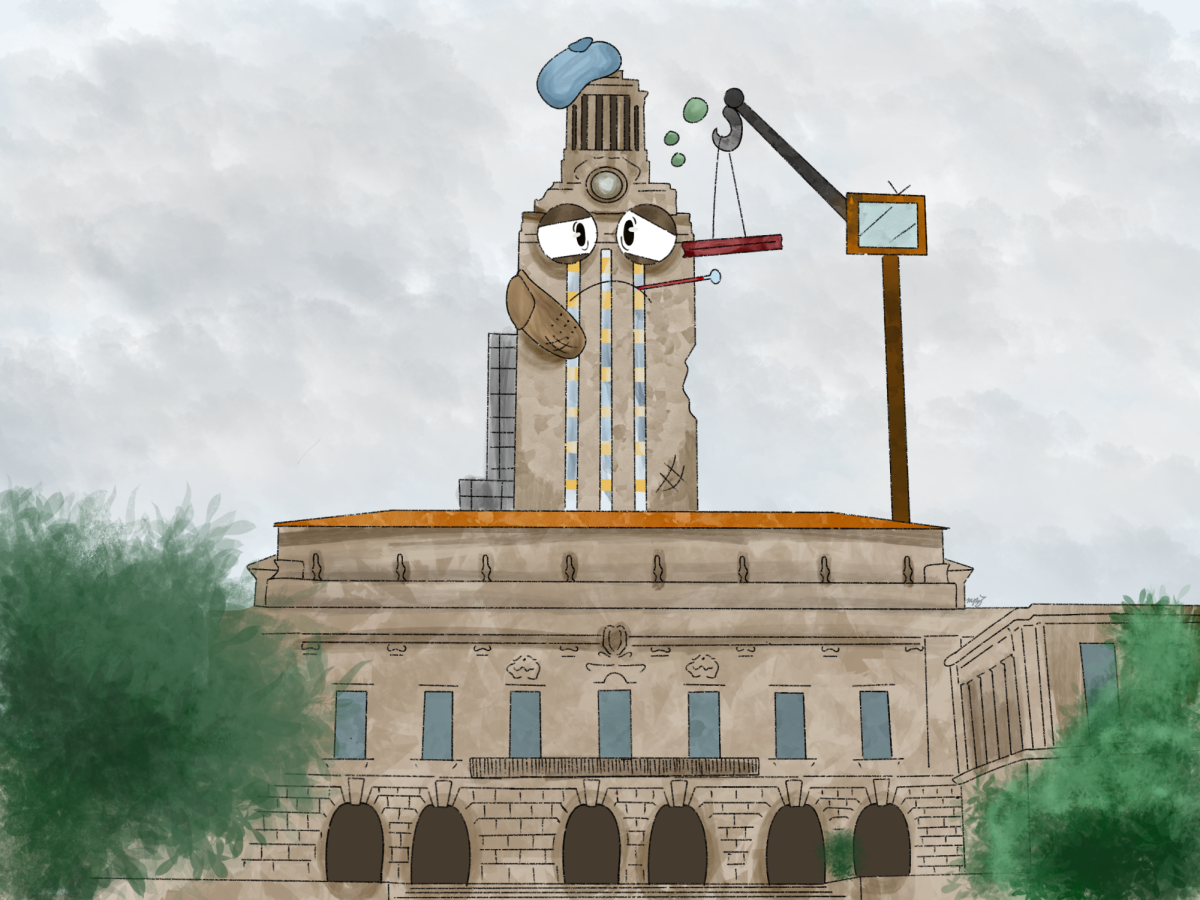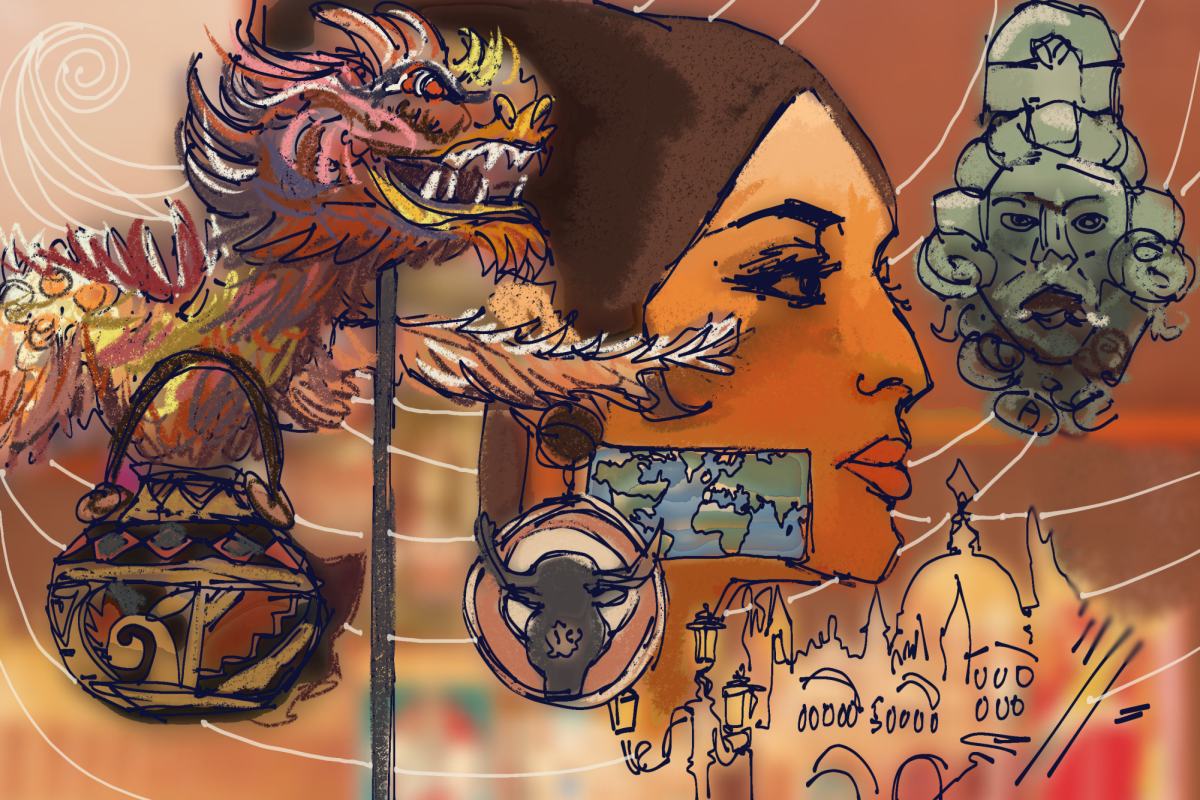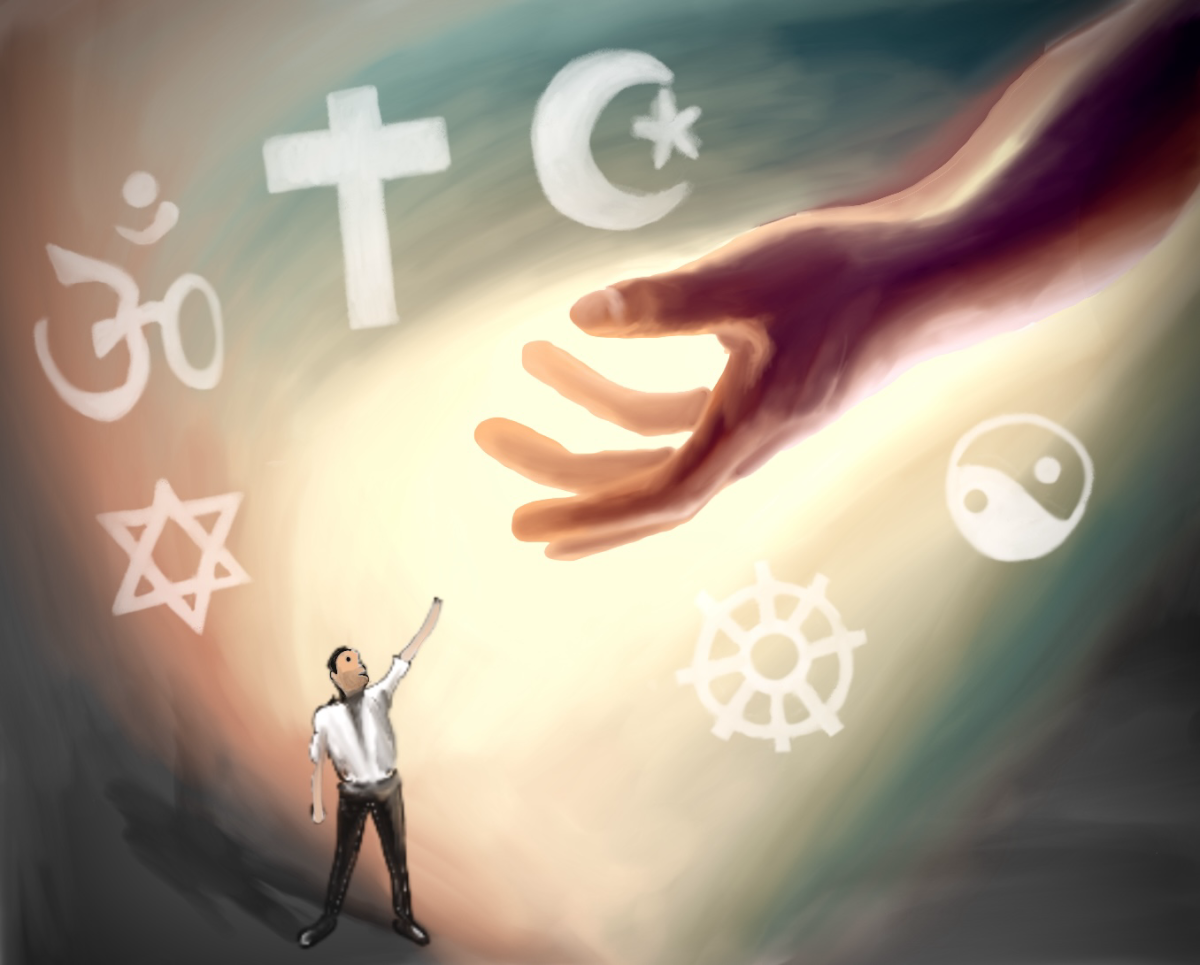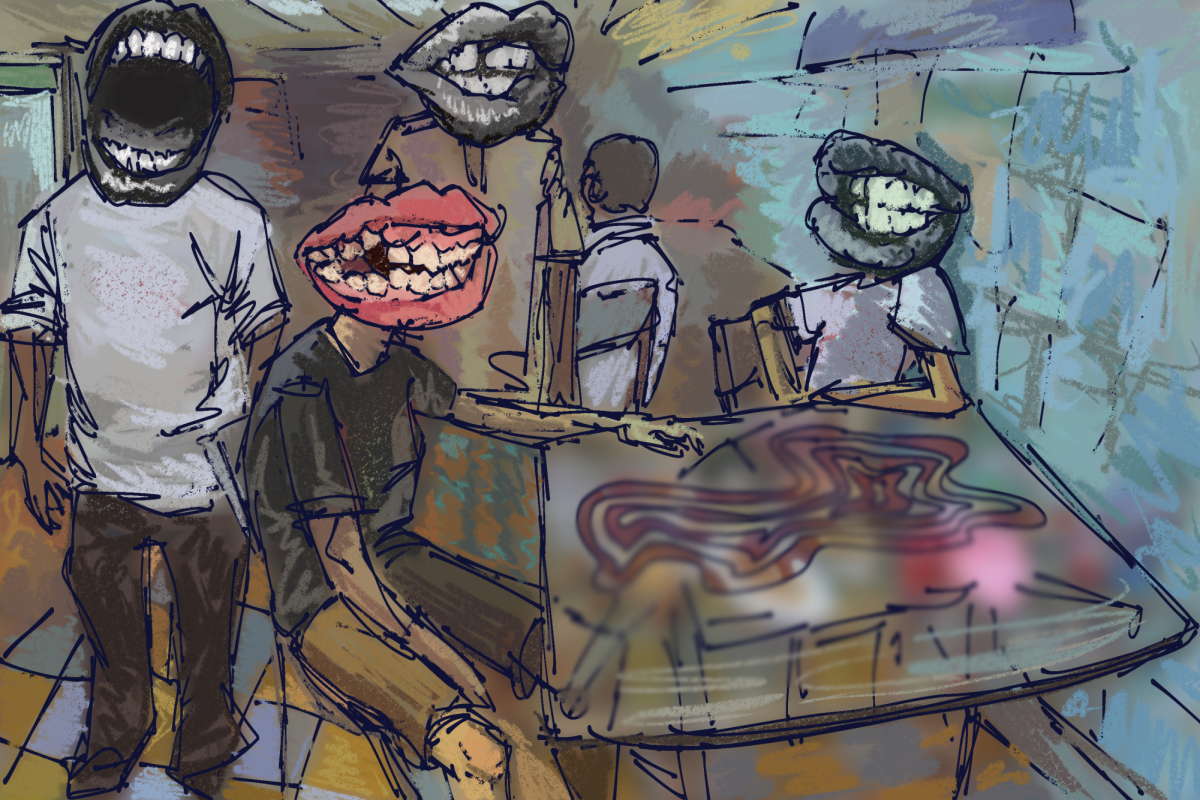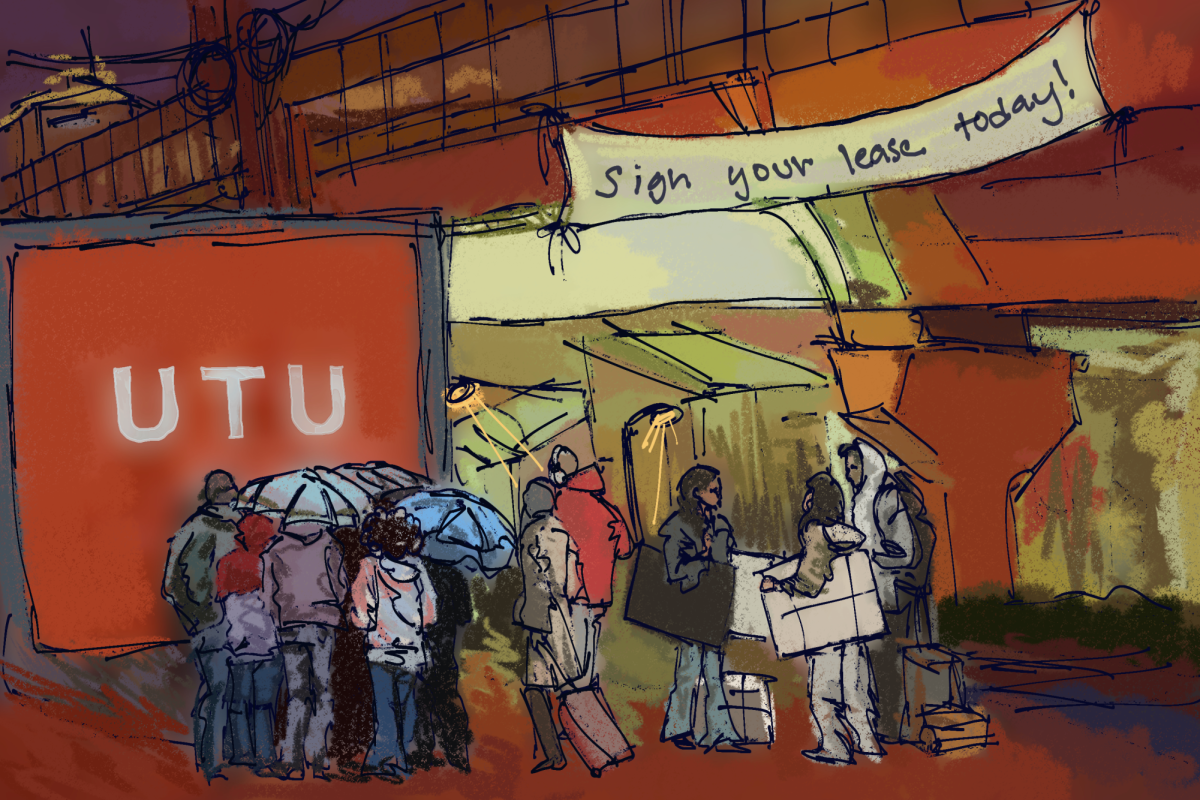With more than 50,000 students, 170 majors and 1,300 student organizations, UT has a lot to offer. But this can lead students to find and interact in small circles. While this helps in finding a friend group and support system, it limits the variety and depth of ideas and voices students interact with. Student films create an avenue for contact with the wider university and the creativity of fellow longhorns in a powerful way. Other students should take advantage of this opportunity to view stories and perspectives outside their sphere.
As radio-television-film senior lecturer Anne Lewis puts it, “Sometimes universities can get kind of stiff and isolated. I think what film offers for the broader community is a sense of involvement.”
College life can isolate students. We feel alone in our backgrounds, beliefs and amid the pressures of school and life. By watching student films, we can take a step outside of isolation into community. Humanizing voices around our campus, student films both show us that we are not alone in our experience and challenge us to think in new ways.
As an art form, film requires collaboration. So the creation of these projects represents not only an individual perspective, but the perspective of a group. Lewis knows this process well. Over her career, she’s collaborated on teams with other filmmakers on many projects. She and other RTF faculty train students to do the same.
We should take student films for what they are: the product of hard work and dedication to an idea. They give us a deeper look into our campus — into these students’ ideas and their creativity. Their films provide non-RTF students the opportunity to better understand the experiences of others in and around our community.
Student films can be accessed in a variety of ways. The RTF department posts a selection of student films on its webpage as well as on its Vimeo account. Many UT film students also have their own webpages, YouTube and Vimeo accounts where they post their work. End-of-the-year showcases, which are open to the public, further provide non-RTF students with the opportunity connect with student films and filmmakers.
Beyond connecting students, UT’s RTF department also connects students to the diverse Austin community. One RTF program, East Austin Stories, seeks to capture the lives of East Austin residents. Lewis calls it “a collaborative effort between community and film, which is really important.” Watching these stories transports us out of our college bubble and into the realities that surround us.
Regardless of subject matter, student films represent our campus. In their projects, students give us a view into their inner selves: their imagination, fears and hopes. There aren’t many ways so tangible and accessible to connect to someone we don’t know.
We should celebrate the spread of ideas and experiences, which student films provide. On a campus where students can feel increasingly divided and isolated, we should take any opportunity we can to engage and connect. Student films allow us to do just that.
Palmer is an English Senior from the Dallas area.

